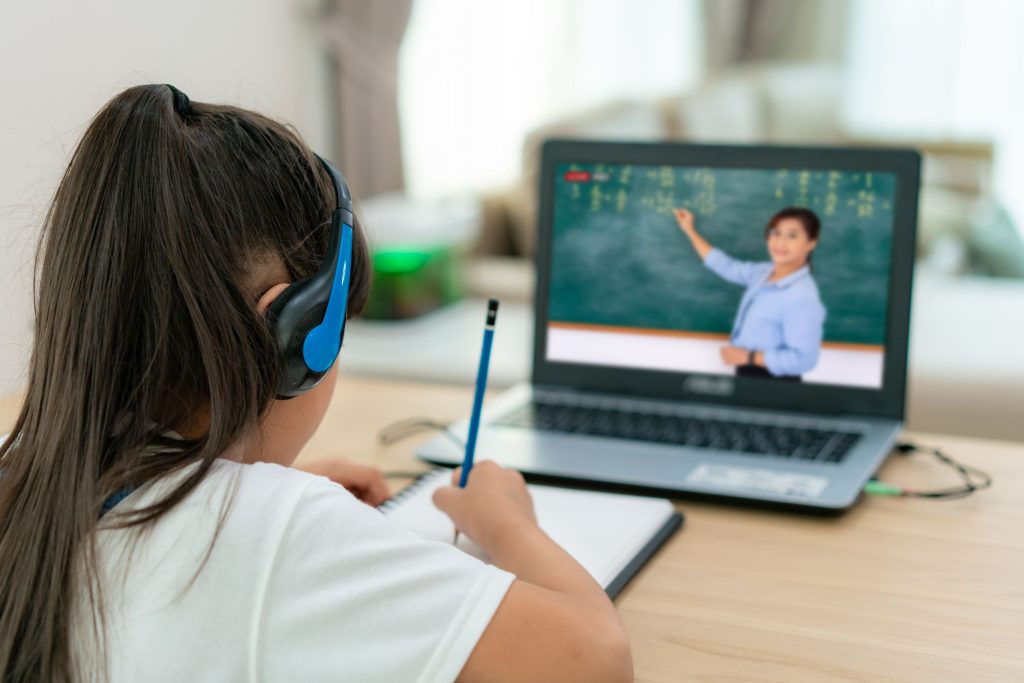
There is no question that public school students have experienced severe learning losses since the COVID-19 pandemic began in March 2020. School closures, distance learning and reduced class hours have resulted in unavoidable losses. The exceptions are students who have received additional learning support beyond what their public schools provide, whether from parents, grandparents, older siblings, tutors, learning centers or online resources.
The Northwest Assessment Association (NWEA), a research-based nonprofit organization that assesses student progress and skills, recently released a report on learning during COVID-19. It showed that students began the 2021-2022 school year with a 9 to 11 percentage point drop in math and a 3 to 7 percentage point drop in reading. Learning loss was greater for Hispanic, Native American, and Black students than for Asian and White students. Furthermore, very poor students had higher than average learning loss.
Learning loss has important economic implications. According to an analysis by Dan Goldhaber, Thomas Kane, and Andrew McEachin, the gap is $43,800 in lifetime earnings per student. Multiply that by the 50 million students currently enrolled in public schools and the number is staggering: $2 trillion. Of course, the repercussions not only harm our students today, but will also follow them into adulthood.
Goldhaber, Kane, and McEachin provide additional information on how long it will take for students to recover. For example, they found that in fourth and fifth grades, an additional eight to 10 weeks of instruction would be needed to make up for the loss. In grades six to eight, where the material is more complex and the rate of student progress is slower, it would take 14 and 19 weeks of additional instruction to make up for these losses in reading and arithmetic.
Parents want this learning loss corrected. Parents are no longer happy with the ineffective one-size-fits-all approach: 95% of parents support personalized instruction as the key to offsetting student learning losses and improving K-12 education. Parents understand that each child is unique, with different strengths and interests. It is illogical to conclude that all children learn in the same way and at the same rate, but that is how our current system works.
This leads to a central question: what stands in the way of the personalization of education? With $800 billion spent each year on K-12 public education (added by nearly $200 billion in federal funding during the pandemic), the problem is clearly not a lack of money. It can’t be a lack of technology, either, as virtually every student has an Internet-connected device during the school day. What ultimately stands in the way is a stagnant system, with its lack of leadership and innovation and entrenched interests that perpetuate the status quo.
We can and must do better for our students. What will it take to make up for lost learning and put America’s K-12 education system on a better track? It will take a state that leads by example, a state that shows the courage to bring about policy change that challenges vested interests, removes barriers to innovation, and opens the door to a new generation of education leaders committed to personalized learning.
These policy changes must address everything from increasing competition to universal school choice, allowing students to track funding, encouraging and expanding education savings accounts, supporting schools to charter, granting credit for extracurricular learning activities, reshaping the school day and school year and revision of class levels. and graduation requirements. In addition, changes need to be made to curriculum, teaching methods, assessments, teacher and administrator certification, teacher seniority pay, and school board selection processes. Giving schools and districts the flexibility to innovate is fundamental to making the necessary reforms. And these changes will only be possible if we change the way we select and train educators.
This article is shared by www.itechscripts.com | A leading resource of inspired clone scripts. It offers hundreds of popular scripts that are used by thousands of small and medium enterprises.